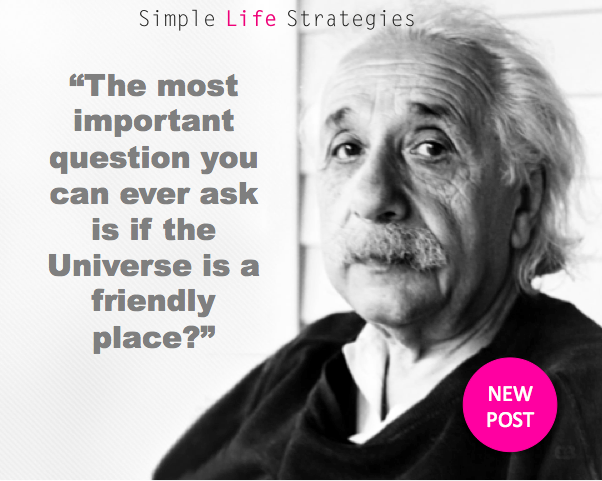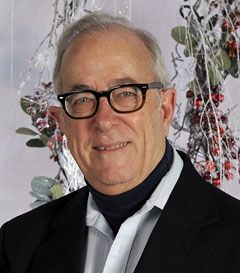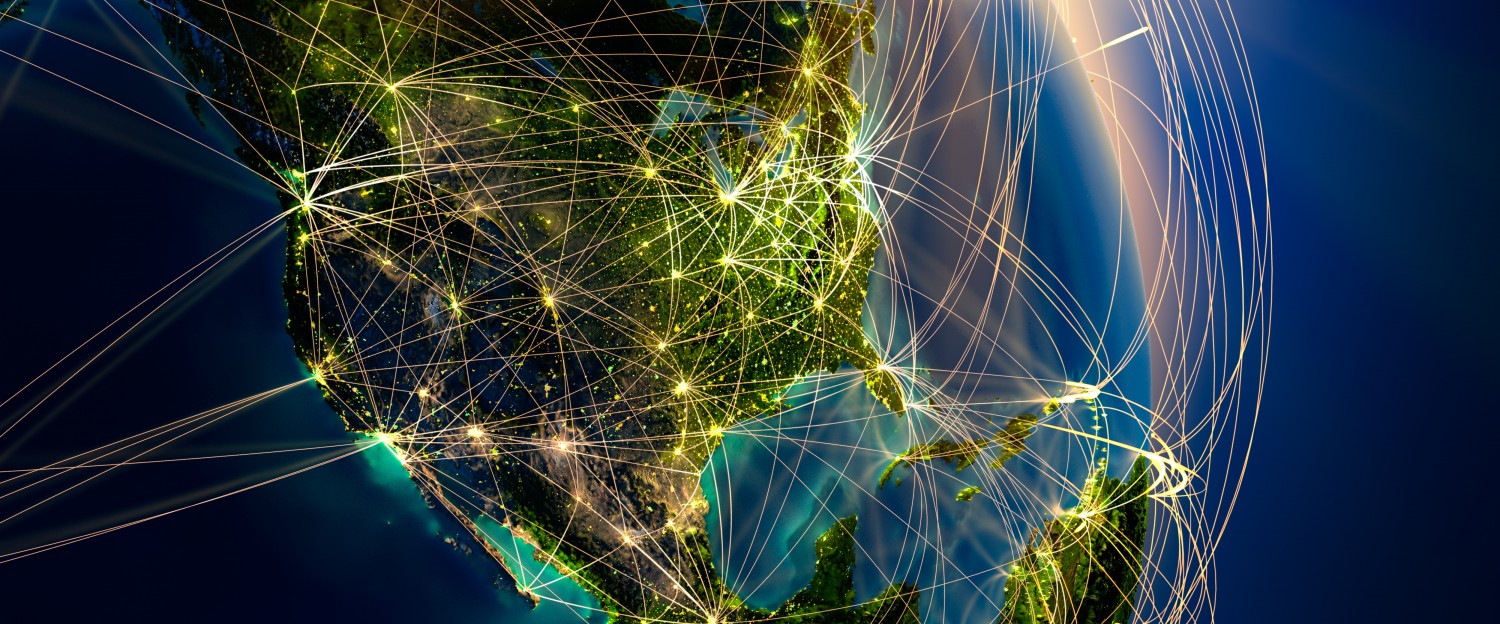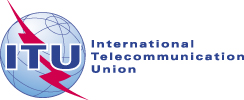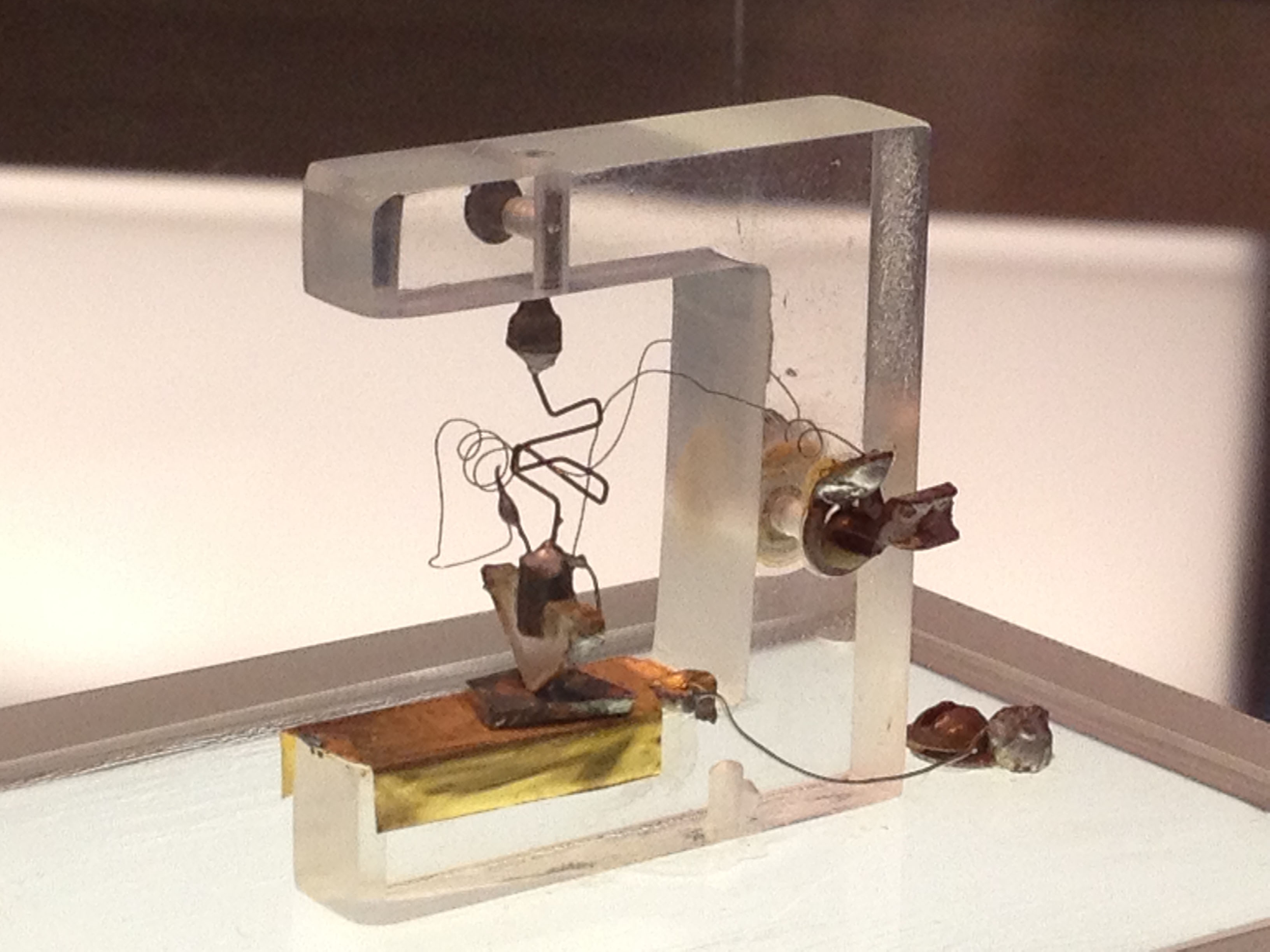The origin of conflicts;
Edward de Bono: The internal origin of conflicts is human natukre
Human nature is very complex and complicated and util now nto wholly investigated. Human nature includs all human caracterististics: good an bad, love and hate, peace fulnes and militancy and oll between.
Cultural- historical heirtage are languages, nations, religions and values. Boat: human nature and cultlural- historical heritage are or may be dofferent, coopetating, controversial and conflict.
Who is Edward de Bono?
After his initial education at St. Edward's College, Malta and Royal University of Malta, he gained Royal D. Phil in medicine De Bono is founder and director of Cognitive Research Trust in Cambirge as too founder of Supranational Independent Thinking Organisation. Hes has written about twenti books and many-coloured articles on thinking, of conflicts and conflict resolution.
Edward de Bono
What is conflict?
Conflict is a clash of interests, values, acations or directions.Conflict refers to the existence of that clash. The word conflict is applicable from the instant that the calsh occurs. Even when we say that there is a potential conflict we are implying that there is alredy a conflict of directions even though a clash may not have occured.
Confliction
That is a new word.Its meaning is fairly obvious. Confliction is the process of setting ua, promotion, encouraging ore desigiting conflict. Note that confliction refers to the actual effort put into creating a conflict. It covers all those delibetate things which happen before the conflict is establiched. Confliction is meant to refer to a deliberate proces. It is the effort to establich a conflict. We do not have to be concerned here why anyone would want to establich a conflict.
Deconfliction
This is also a new word I am inventing (de Bono). De-confliction is even more i portant than confliction .In order for de-confliction to meke sense we need to have the word 'confliction'. De-confliction is the opposite of confliction. It rerers to the designing away or dissipation of the basis for the conflict. De-confliction does not refere to negotiation or bargaining or even to the resolution of conflicts. De-confliction is the effort rsequaired to evaporate a conflict. Just as confliction is the setting up of a conflict so de-contliction is the opposite process: demolition of the conflict.
Human thinking is information activity in that special environement that we call the brain. We do not yet know the detailed workongs of the brain but we do have a broad view of the type of intormation system that it is. The first stage of thinking is perception. It is in perception that the chaos of the external world is translated into symtols or words which can then be manipulated in the exellent second-stage system we have inventid (addaition: it is language - second stage of the work of the brain).
But perception itself depends directly on the way the brian works. Most of our thinking is language based. such language-based thinking sistems are also second-stage systems. We inherit words end over time our experuence may allow new words to form. The rules of handling the words are laid down by grammar and usage. We are very proud of our language-based thinking system and we believe it to be rather wonderful ----which it is. It is the only game in town and our culture is so dependent on language-based thinking that we cannot really conceive of anything else.
Conflicts arise becaause people may have to interact in the same situation but they see the situation very different. Everyone is alwayas right. No one is ever right.
This means that within his own perce;tions a person may be right but in terms of wider perceptions this is not so and in terms of absolute perceptions it may never be so.
Conflict Causasus region
There are a number of reasons why people may see the same situation differently. It is important to note them, as understanding such differences is an essential part of conflict resolutins.There are differences based in chemical setting of the brain. If we are in a certain mood we may only be able to see things in a certain way.
There is the old story of the optimist who saw the glass as being half full of whiskey and the pessimist who stoutly maimtained hat it was half empty.
Conflict Balkan region
What we can do abput mood? We can take note of itand its effect on the avaible thinking.. We can try to change mood deliberately by change of setting and shoices of people. We cannot direclty use chemical other than the traditional ones. But we can use 'Six Thinking Hats'. The thinker metafhorically puts on one of these hats and then adopts the prescirbed role. The hats are:
White hat: neutral information, facats and figures without comments;
Black hat: negativ logical,why it won't work, why it can't be done, why it does not dit experience patterns;
Yellow hat: positive specalative, why it might work, what is hoped for,what the benefits might be;
Red hat: pure emotion without any need to explain of justify, a plain surfacint of current feeling on the matter,
Green hat: fertile, generative nad craative, new ideas, suggestions and provocations;
Blue hat: overview control hat to control the use of others and also tu ant as an organizer of the thinking itself.
Thera are artofical moods. but, like the masks in a Kabuki play, may lead the real moods to follow.
I do not intend to discus here all the possible effects of mood on thinking and the practical matters that arise. For example there is the difficulty of an offer made in a good mood and then ot followed trhough an a more sober mood.
Context context is rather a broad word which covers the whole setting of the situation: direct, indirect, broad and most broad environment.
Limited view: This is mixture of myopia and parochialism. It means that someone simply cannot see beyond a certtain distance. "Limited view" is a real thing and not a matter of choise. Whotever is going to make sence is going to have to make sense within the limited view.
Local logic: At first sight this may seem very similar to the "limited view" concept but it is actuelly different, and different in an important way. With local logic a thinker may actually have a very wide view. Nevertheless a certain action is chose because its makes sense in a very local scene. In ather words there is "local logic behind the action or choice. Note that the emphasis is on "locic" and not on "view".
Logic bubble:. When we disagree with what someone is doing we habe two basic choices. We can regard tha person as stupid/malevolent or we can regard that person as higly intelligent bat acting in a bubble of perceptions and circimstances which dictate the action. In other words the person is acting higly intelligently within the locic bubble wthin which he finds hiimself.
There is considerable overčap between local logic and logic bubble and at timesthey may be identical. Logic bubble is always very personal and referes to a particular individual. Local logic is relative.
For example: Why is tihis being done? That question may have an answer in ocal logic.
Why is be coing this now? That question will have an answer in that person's logic ubble.
Universe differences are profoundly important and all great jumps in sciences come about through a shift in the undersoood universe of action.
Talking acros universes is even worse than tolking across Lsngauges. If talk Englich to a Japanese who does not unterstand you then there is no communication ---- stgat tgere us bi cinnzbucatuib, --with universes, if you are talking in one uneverse and the listener is listening in other universe they may be no real comprehension
A universe is a set of circumstances and rules of action which determine how things behave in that universe....the universe determines the law of "nature" in that universe. In the underwater universe wood floats upwards, on the surface of the earth it drops downward.
The important thing with understanding universe changes is to treat each universe separate and complete in itself. Then it comes to have its own logic and its own consistency and it is possible to work within this To make point- by-point comparsons and then to try to remember all these differences just adds up to confusions.
Comparisons can be made of fundamental points in order to shov up the differences. Then the new universe is understood around these fundamental points.
Teoretically an universe change is much more profound than a system change. After all, there may be several systems within the same universe. In practical terms there is a spectrum which runs from basic universe changes to system differences.
To understand behavior, values and what may happen next, all actions have to be refered to the universe in which they are taking place.
Difference of infromation is one of the major sources od differencw of perception and since it is techncalione of the wasiest tzpes of differences of perception and since it is technicallz one of the easiest tzpes of difference to be p ut right, serious thought need bo be given to the vortues of secrecy.
Anyone who favors a mapping and designt approach to conflict thinking must favor disclosure , whereas anyone who favor the dialectic argument must favor secrecy.
This program of mine now seems to be the most widely used in the world for the direct teaching of thinking in schools. In Venezuela every schoolchild, by law, spends two hours a week on thinking skills.
The method is used in U.K , Ireland, Australija and New Zealand in different schools, I have set up pilot projects in Bulgaria, Mlaysia and Malta and have invitations to set up fruther projects.
Preliminarz results from Bulgaria show statisticallz significant increases in intelligence an other measure attribute. Results form Canada, Australia and the U.S.A. also show measurable efeects.
Thinking as two stage process:
1st, Make the map
2bd, Use the map
 Srpski
Srpski

